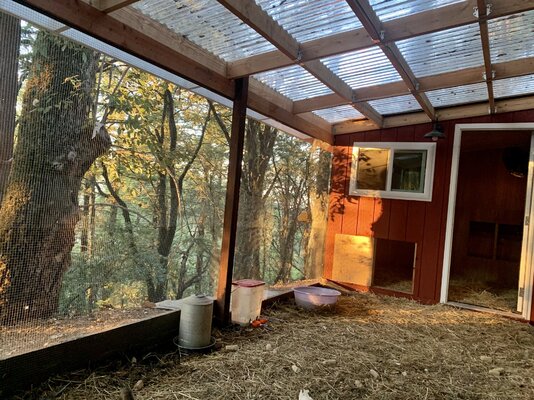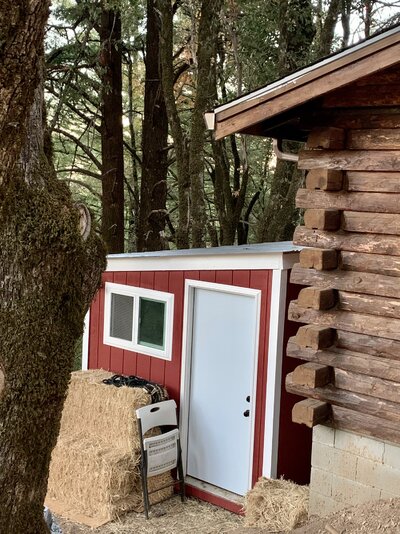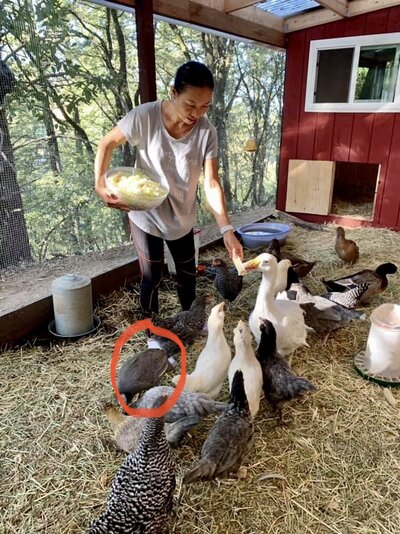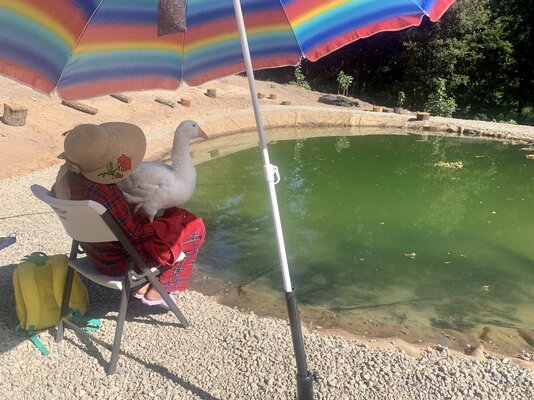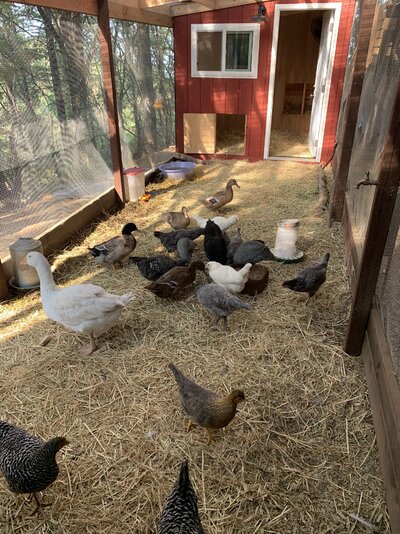- Sep 3, 2014
- 8
- 1
- 60
Hi,
We have two eight week old silkies and three three week old chicks (an EE, a speckled Sussex and a lavender Orpington). We would like to add two more to this flock... how do we do this when everyone is still young? There is a farm nearby who sells chicks and pullets of varying ages... do we try to match ages and slowly integrate when they are in the coop in a couple of weeks? Is better just to wait until next year?
We have two eight week old silkies and three three week old chicks (an EE, a speckled Sussex and a lavender Orpington). We would like to add two more to this flock... how do we do this when everyone is still young? There is a farm nearby who sells chicks and pullets of varying ages... do we try to match ages and slowly integrate when they are in the coop in a couple of weeks? Is better just to wait until next year?




